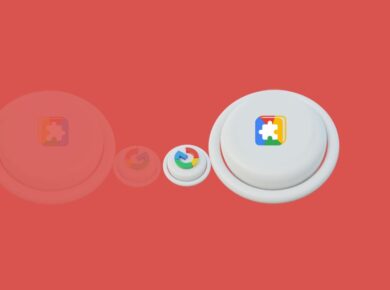JSON, or JavaScript Object Notation, is a lightweight, text-based data interchange format that is easy for humans to read and write. It is a widely used format for exchanging data between web servers and web applications, including browser extensions. JSON’s simplicity and flexibility have made it a popular choice for transmitting structured data over the web.
Benefits of JSON
JSON (JavaScript Object Notation) offers several advantages:
- Human-Readable Format: JSON is designed to be easily readable and writable by humans, making it more accessible than other data formats.
- Lightweight and Compact: JSON is a lightweight format, making it efficient for data transmission and storage.
- Language Agnostic: JSON is language-agnostic, meaning it can be parsed and generated by a wide range of programming languages.
- Structured and Self-Describing: JSON is a structured format that uses key-value pairs, arrays, and objects, making it self-describing and easy to interpret.
- Extensible: JSON is extensible, allowing developers to add new data fields or objects without breaking existing code.
How JSON Works
JSON involves the following:
- Data Representation: JSON represents data as key-value pairs, arrays, or objects, providing a flexible and extensible format.
- Key-Value Pairs: JSON uses key-value pairs, where each key is a unique identifier and the associated value holds the corresponding data.
- Arrays: JSON supports arrays, allowing for the representation of ordered lists of values.
- Objects: JSON objects are unordered collections of key-value pairs, providing a flexible structure for complex data.
- Data Types: JSON supports a variety of data types, including strings, numbers, booleans, null, arrays, and objects.
Using JSON (JavaScript Object Notation)
JSON is commonly used in the following scenarios:
API Responses: Web servers often return JSON-formatted data in response to API requests, making it easy for clients to parse and process the received data.
Data Interchange: JSON is used to exchange data between web applications, browser extensions, and server-side scripts, providing a standardized format.
Configuration Files: JSON is used for configuration files, allowing developers to define settings, preferences, and options in a structured format.
Data Storage: JSON can be used to store data locally, such as user preferences, settings, or dynamic content.
Implementing JSON
To work with JSON:
JSON Parsing: Use built-in JSON parsing functions, such as “JSON.parse()” in JavaScript, to convert JSON-formatted text into a usable data structure, like an object or array.
JSON Generation: Use JSON generation functions, such as “JSON.stringify()” in JavaScript, to convert data structures into JSON-formatted text for transmission or storage.
Data Validation: Validate JSON data to ensure it adheres to the expected format and contains the required fields or data types.
Error Handling: Handle JSON parsing errors gracefully, providing meaningful error messages or fallback options.
Challenges and Considerations
While JSON (JavaScript Object Notation) offers simplicity and flexibility, there are considerations to keep in mind:
- Security Risks: JSON data transmitted over insecure channels may be vulnerable to interception or tampering, requiring encryption or additional security measures.
- Dynamic Type Checking: JSON is dynamically typed, meaning data types are determined at runtime, which can introduce potential type-related errors.
- Large Data Handling: JSON may not be the most efficient format for transmitting or storing large amounts of binary data, such as images or videos.
- Schema Design: Properly designing JSON schemas requires careful consideration of data fields, relationships, and potential future extensions.
JSON (JavaScript Object Notation) is a versatile and widely adopted data interchange format that has simplified data exchange on the web. With its human-readable format, language agnosticism, and extensibility, JSON has become a cornerstone of web development. Its structured nature and support for various data types make it a powerful tool for transmitting structured data between servers and clients.
However, it’s important to address security, dynamic typing, and schema design considerations to fully leverage the benefits of JSON and ensure the integrity and security of transmitted data.




